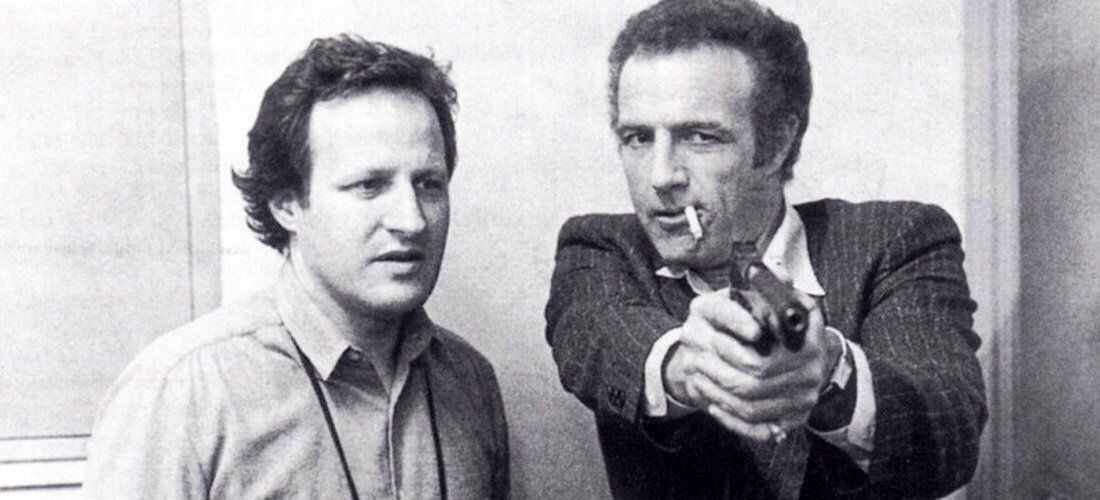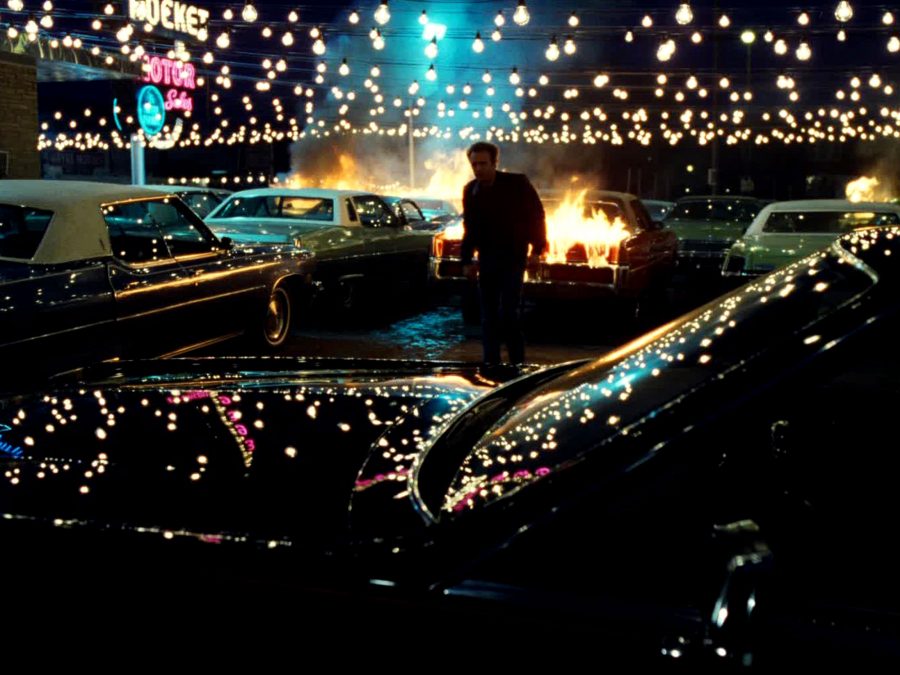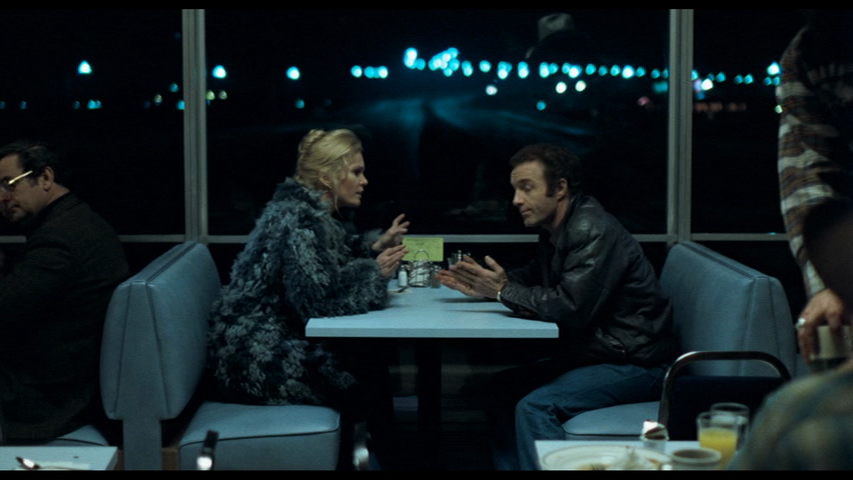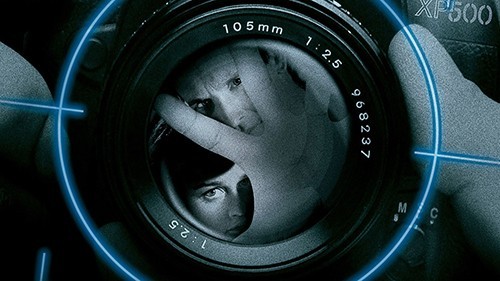Lessons in action filmmaking from the ultimate master: Michael Mann.

Michael Mann has left an undeniable mark on the crime and action genres. From producing and writing hit TV crime shows like Starsky and Hutch, Crime Story, and Miami Vice to directing the Miami Vice movie along with unforgettably pulse-pounding films like Heat and Collateral, Mann’s contributions to screens both big and small span four decades. His first feature film, Thief (1981), expertly blends gritty character-driven drama, a healthy amount of street lights reflecting off of wet streets, and jaw-dropping action sequences. As action fans, we can’t get enough of that machine-gun shootout in Heat but many of the same fans may not be aware of Thief’s equally bombastic final act.
Mano a Mann-o: Why ‘Heat’ Remains Essential Action in Modern Cinema
Needless to say, SPOILERS!
Before I break down Thief’s exemplary action, you need a quick background on the plot. The action hits harder when you have a solid narrative behind it. The legendary badass, James Caan, plays Frank, a career safecracker who spent half of his life in and out of jail. He’s a hardened survivor but he has a profound desire to have a normal life and make up for lost time. He wants to save up enough money from a few scores to settle down with a great woman, maybe have a kid or two. He’s well on his way with a new wife and an adopted kid until his new mob boss employer, who’s given him everything, threatens to take it all away unless he keeps doing jobs.
Keep busting or bust free? It doesn’t take Frank too long to decide what needs to be done, even if it means destroying everything he’s built: a career, businesses, a new family, and his very humanity. He’s pushed into a corner and Frank’s vengeful wrath is the only way out.
What comes next is the ultimate “fuck you, I’m out” ever put to film. He sends his wife and child away with as much money as he can scrounge up then he goes to work. Frank is going out of business and everything must go.
UAMC Scene Breakdown: The Final Showdown from Robocop (1987)
Frank’s Fiery Finale

First, he blows up his house. There’s no peeling apart the layers of an onion here, he strikes right at the core of his being. Destroying everything that he cared about with high explosive incendiary devices. Next he goes for his businesses. The Green Mill Cocktail Lounge gets blown to kingdom come in a blaze of neon fury. Next, his car dealership gets torched, car by car, with several canisters of gasoline. The night sky is set ablaze in a fiery glow of exploding cars and greenish-blue street lights.
Now, it’s time to go after the head honcho. Frank picks the lock to the boss’s house and the hunt begins. He pistol-whips the bodyguard knocking him unconscious. It’s not long before he gets to the boss. No showdown, no exchanging of words, just a few taps that blow the guy back to a blood-splattered wall. The injured bodyguard recovers and runs out of the house with Frank coolly following to finish the job. A young Dennis Farina shotgun blasts out of the bushes but Frank gets at least one shot in him as he delivers the coup de gras to the bodyguard. Farina has enough strength to pump a few shots into Frank. Frank musters a double-tap that dispatches Farina. Frank checks his bloody vest under his shirt, he gets up, and walks down a dark street.
By the way, this sequence is accompanied by a phenomenal track that absolutely shreds through the credits. Tangerine Dream lays down the soundtrack and Craig Safan delivers the final track that features a pounding beat matched with a screaming guitar, which is in sync with the gritty 70s vibe and 80s aesthetic.
The Way of the Gun: An Action Cult Classic with a Modern Appeal
Why It Works: Realism, Filmmaking, and Character

From his characters to his grimy urban set pieces, Michael Mann strives for authenticity as Thief’s third act demonstrates. Mann hired a few “retired” safecrackers and former Chicago cops as technical advisors. In fact, Dennis Farina was a Chicago police officer before he started his acting career and he was wearing both hats during production. That insight pays off when Frank breaks into the mob boss’ house where he systematically clears each room using semi-circle movements. He also uses the appropriate ready position and properly handles his weapon as he sweeps the house. When he sees his target, he puts two in the chest and one in the head.
The editing and shot composition in this sequence enhance the tension and reinforce Frank’s methodical approach to total destruction. Static wide and medium shots immerse you in the neon, rain-soaked environment. Slow pans follow Frank’s trail of firebombs and bullets, which make it all seem like he’s going out to the corner store for a pack of gum. Close-ups highlight emotional beats and the use of high frame rates relish in the flying timber and chest wounds.
The third act’s bombastic action and thrilling suspense are all in service to Frank’s hard reboot. They reflect his inner ruination as he regresses to his nihilistic origins. Emotionally and physically, everything must be cast off to protect the ones he loves and that he’ll never see again. This is what makes Thief’s ending so engrossing and Mann uses it to great effect throughout his subsequent work. The Last of the Mohicans features a similar sequence at the end where Daniel Day-Lewis and Chingachgook make a play to rescue Uncas and the Munro sisters. The intense scene seals the fate of the remaining characters in violent and emotionally draining ways.
Michael Mann movies may not feature the traditional high-octane action that we love in other 80s and 90s productions from Bruckheimer, Simpson, McTiernan, and Woo, but his use of action to tell a story commands respect. Thief and James Caan’s performance set a standard for the tragic man of action anti-hero. He does what he has to do according to his own moral code even as the forces of fatalism enclose upon him. Even battling to the bitter end requires a cool head and a plan of action. The last 20 minutes of Thief embody that fighting spirit and solidified Michael Mann’s captivating style that carries on to this day.









